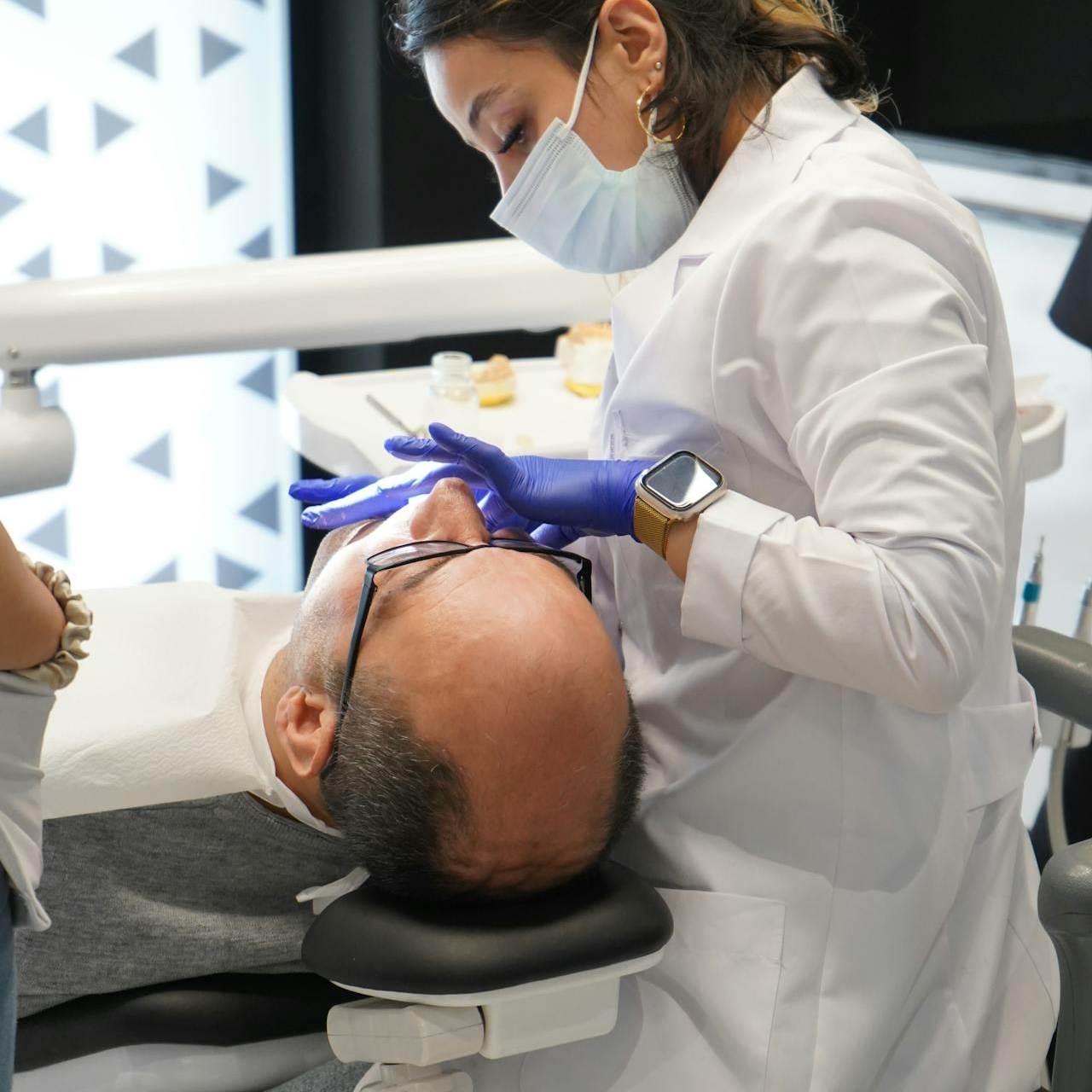Key Takeaways
-
Medicare caps insulin costs at $35 per month in 2025, but the cap only applies when your prescription is filled correctly under a qualifying Medicare drug plan.
-
Failing to use the right pharmacy network or skipping proper plan enrollment can void the cap, leaving you to pay full price.
Insulin Costs Are Supposed to Be Predictable in 2025
If you use insulin and are enrolled in Medicare, you likely expect to pay no more than $35 per month per covered insulin product in 2025. This cap is one of the most welcome changes for people managing diabetes. It stems from ongoing Medicare reforms designed to make life-saving medications more affordable.
But here’s the catch: this price cap is not automatic in all situations. Even a minor enrollment mistake or pharmacy misstep could cost you much more than expected.
In this article, you’ll learn how the $35 insulin cap works, who qualifies for it, and what specific decisions could put you at risk of paying far more.
What the $35 Insulin Cap Covers in 2025
Starting in 2023 and continuing through 2025, Medicare beneficiaries who use insulin benefit from a federal cost cap. Here’s what it includes as of this year:
-
A $35 monthly copayment cap for each insulin product covered under your Medicare Part D prescription drug plan.
-
No deductible requirement before the $35 limit kicks in.
-
A similar $35 cap for insulin used with durable medical equipment (such as pumps) under Medicare Part B, provided the equipment and insulin meet coverage requirements.
These caps apply regardless of which coverage phase you’re in: whether it’s the deductible, initial coverage, or catastrophic coverage. The days of insulin prices suddenly spiking mid-year due to the Part D coverage gap are over.
But you only receive this benefit when your Medicare plan, provider, and pharmacy all align correctly.
Not Every Insulin Is Automatically Covered
The $35 limit only applies to insulin products that are on your plan’s formulary. That means:
-
The insulin must be included in your Medicare Part D plan’s list of covered drugs.
-
It must be categorized as a “covered insulin product” under federal rules.
If you choose a brand or type of insulin that’s not on your plan’s list, you could be responsible for the full retail cost.
Also, for insulin delivered via pump, Medicare Part B applies. But again, the insulin and the pump must meet Medicare’s coverage criteria. If either component is not covered, your costs rise quickly.
One Common Mistake: Using the Wrong Pharmacy
You may not realize that filling a prescription at a non-preferred pharmacy can cancel out your $35 cap.
In 2025, many Medicare drug plans have pharmacy networks with preferred and non-preferred pharmacies. If you fill your insulin prescription at a non-preferred or out-of-network pharmacy, your plan might not honor the $35 copayment limit. Instead, you could be charged the full amount or face much higher coinsurance.
To avoid this:
-
Use a preferred or in-network pharmacy listed in your plan’s 2025 directory.
-
Double-check your pharmacy status each year during Medicare Open Enrollment (October to December).
Another Mistake: Not Enrolling in a Standalone Part D or Medicare Advantage Plan
The $35 insulin cap only applies if you’re enrolled in a Medicare plan that includes drug coverage.
This includes:
-
A standalone Medicare Part D prescription drug plan
-
A Medicare Advantage plan that includes Part D drug benefits
If you have Original Medicare but never enrolled in a separate Part D plan, the cap doesn’t apply to you.
Also, if you delay enrollment in drug coverage and try to sign up later, you may face late penalties and could go months without insulin price protection.
Make sure you enroll during:
-
Your Initial Enrollment Period (around your 65th birthday)
-
Medicare Open Enrollment (October 15 to December 7)
-
Or during a Special Enrollment Period if you lose other coverage
Watch Out for Mail-Order Mix-Ups
Mail-order services can offer convenience, but they come with risks. Some plans restrict $35 insulin pricing to in-person pharmacy pickup or require that mail-order orders go through specific vendors.
Filling insulin through an unapproved mail-order service may:
-
Invalidate the price cap
-
Lead to billing confusion
-
Cause shipping delays and gaps in therapy
Always verify with your plan that the mail-order provider is covered and that the $35 pricing still applies before placing an order.
Durable Medical Equipment Can Add a Layer of Complexity
If you use an insulin pump, your insulin is typically billed under Medicare Part B rather than Part D. Here’s how to ensure you’re covered:
-
Your doctor must prescribe the pump and insulin
-
The supplier must be Medicare-approved
-
You must meet Medicare’s criteria for home use of a pump
If any of these conditions aren’t met, you could be billed under Part D or denied coverage entirely, which would remove the $35 cap.
And if your pump itself isn’t covered or isn’t compatible with the approved insulin, you might have to pay the full price out-of-pocket.
Be Aware of Plan Changes Every Year
Medicare drug plans change their formularies, cost-sharing rules, and pharmacy networks every year. What worked for you in 2024 may not be true in 2025.
Even if your insulin and pharmacy were covered last year, you must confirm:
-
That your plan still includes your insulin on its 2025 formulary
-
That your pharmacy remains in-network or preferred
-
That your pump and supplies are still approved under Part B if applicable
You receive this information in the Annual Notice of Change (ANOC) sent each fall. Don’t ignore it. Review it closely to spot changes that could affect your insulin coverage.
Medicare Advantage Plans May Have Extra Requirements
Some Medicare Advantage plans offer additional insulin benefits but may include extra rules. These may include:
-
Step therapy (you must try certain types of insulin before others are covered)
-
Quantity limits
-
Prior authorization for certain brands or devices
Failing to meet these requirements could result in your insulin being denied or the $35 cap being voided.
Make sure your provider follows the plan’s authorization rules so you stay protected.
Medicare Part D Late Enrollment Penalty Can Add Long-Term Costs
If you delay enrolling in Part D after becoming eligible and go without creditable prescription coverage for 63 or more consecutive days, you’ll pay a late enrollment penalty.
This penalty:
-
Is added to your monthly premium permanently
-
Increases the longer you go without coverage
Although the penalty doesn’t directly raise your insulin cost, it increases your overall drug plan expenses, which can affect your budget.
Insulin Cost Cap Doesn’t Cover All Supplies
The $35 limit is only for the insulin itself—not for the supplies needed to administer it. You may still pay for:
-
Needles and syringes
-
Alcohol swabs
-
Glucose meters and test strips
-
Infusion sets and reservoirs (for pumps)
Depending on your plan, these items may have separate copayments or be excluded entirely.
Talk to your plan about what is covered and whether you can lower your out-of-pocket costs through discounts or alternative products.
How to Stay Protected
To avoid losing your $35 insulin cap, follow these steps:
-
Enroll in a Medicare drug plan that includes insulin coverage
-
Use only covered insulin products listed in your plan’s formulary
-
Fill prescriptions at preferred or in-network pharmacies
-
Review your plan’s ANOC every year for coverage changes
-
If using a pump, ensure all equipment and insulin meet Medicare Part B rules
-
Avoid mail-order unless it’s clearly covered
-
Don’t delay initial enrollment or switch plans without checking your insulin status
Even a single oversight can result in significant out-of-pocket costs.
Don’t Let the $35 Cap Slip Away in 2025
The $35 insulin cap is one of Medicare’s most impactful protections for people managing diabetes. But it’s not a guarantee unless you stay informed and enrolled in the right way.
With drug plans, pharmacy networks, and coverage rules shifting year to year, it’s easy to fall into a gap where the cap no longer applies. Don’t let that happen to you.
If you’re unsure whether your insulin is covered under your current Medicare plan, or you want to confirm your pharmacy is preferred, speak with a licensed agent listed on this website. They can help you stay protected and avoid costly missteps.









